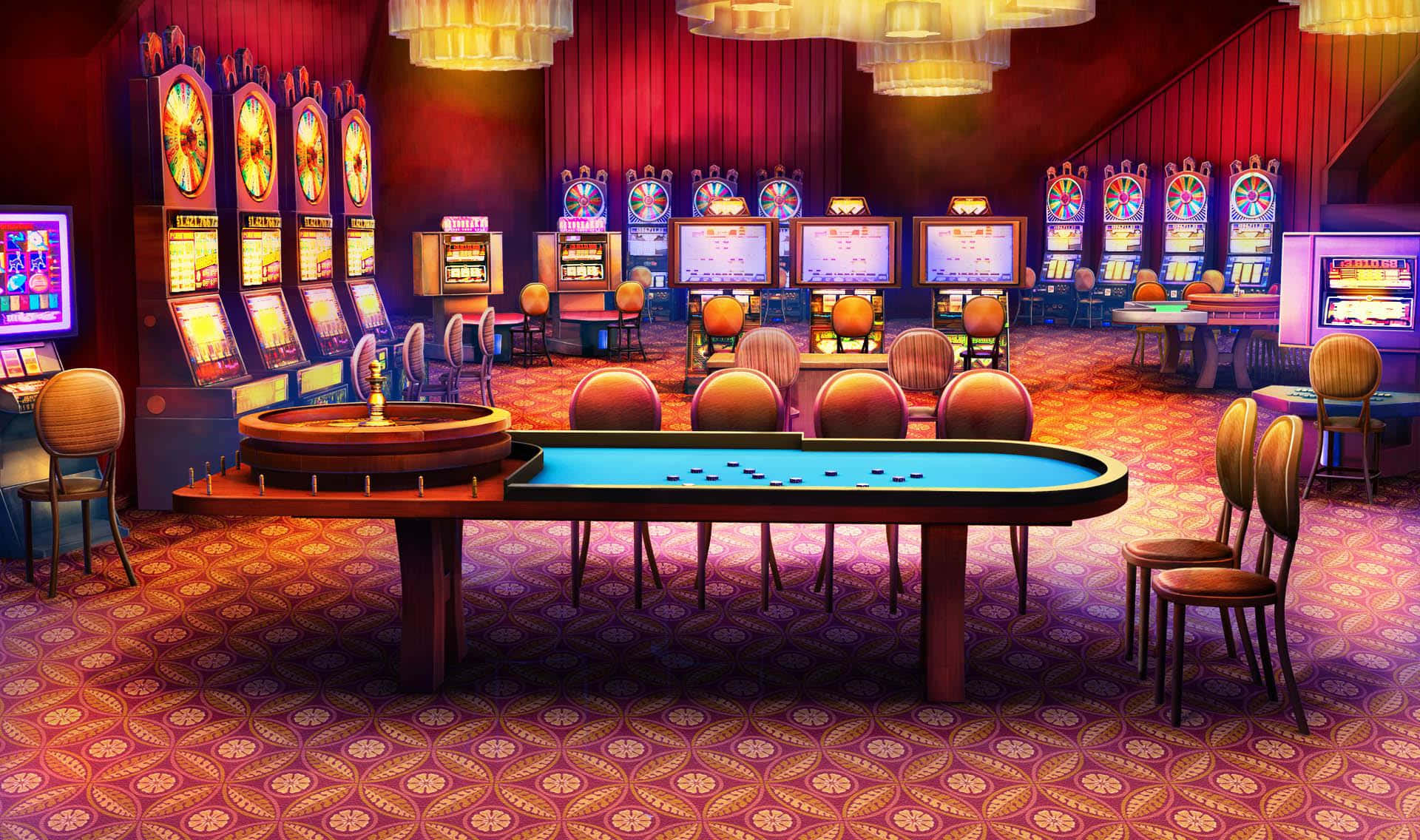
The world of casino games has long captivated players with its combination of excitement, strategy, and the excitement of luck. As technology progresses and the gaming landscape transforms, an new approach known as gamification has commenced to reshape the way we engage with these traditional games. By incorporating gaming elements such as competition, rewards, and progress tracking, gamification raises participant involvement and changes the traditional casino atmosphere into a much lively and engaging space.
Gamification in gambling entertainment not only draws to seasoned players but also invites a new generation of participants who want a more involved adventure. With features that encourage participation and build connection among players, the gamified features breathe fresh energy into beloved classics like poker, 21, and fruit machines. In we dig deeper into this phenomenon, we will explore how gamification is transforming the casino experience, making it more accessible, fun, and rewarding for all participating.
Comprehending Game Mechanics
Gamification denotes the application of game-like aspects in non-game contexts to improve user involvement and experience. In the realm of casino games, this idea has gathered significant momentum, altering traditional gaming into a more engaging and rewarding experience. By including components such as tokens, tiers, and prizes, casinos can create an environment that drives players to engage more often and for longer durations.
At the center of gamification is the urge to harness the intrinsic drives of players. Gaming experiences that employ gamification techniques are crafted to not only amuse but also to foster competition and success. Players are often attracted to the prompt feedback and advancement monitoring that these features provide. This not only maintains them involved but also fosters a sense of accomplishment as they achieve objectives and unlock fresh features.
Moreover, gamification can improve social engagement among players, cultivating a community atmosphere that enriches the pleasure of gaming experiences. Elements such as ranking systems, group contests, and collaborative tasks allow players to connect with others, exchange stories, and compete in a good-natured manner. This social aspect adds an extra dimension to the adventure, allowing it to be more immersive and pleasurable for gamers. casinos not on GamStop UK
Influence on Gamer Engagement
Game design strategies in gaming establishments have significantly altered the way gamers engage with their favorite pastimes. By incorporating elements such as incentives, scoreboards, and accomplishment icons, gaming platforms create an environment that promotes a stronger bond between players and the activities they enjoy. This increased engagement leads to longer gaming time and boosted player commitment, as users endeavor to achieve new levels or receive special incentives.
Moreover, the interactive aspect of gamified casino games cannot be overlooked. Several platforms allow players to compete against peers or other users, which introduces a layer of excitement and community. This competition drives engagement by appealing into players’ drive to compete, encouraging them to revisit for additional in order to improve their position or demonstrate their successes. As a result, the connections between players foster a feeling of togetherness that keeps gamers returning.
Moreover, the instant feedback and recognition provided by interactive features serve to motivate users. It may be a message of a new accomplishment or the excitement of earning a reward, these quick recognitions play a crucial role in maintaining engagement. By continually offering players for their actions, casino games become not only a leisure activity; they evolve into an immersive engagement that captivates players and improves their overall experience.
Trends in Casino Game Design
The entire landscape of gambling game design is continuously evolving, driven by tech innovations and evolving player preferences. One notable trend is the integration of interactive technologies, such as VR reality and AR reality, to enhance the gaming experience. These technologies create a more captivating environment, enabling players to feel as though they are in a physical casino, which can lead to longer play sessions and increased player satisfaction.
A further trend is the inclusion of storytelling elements into casino games. Game designers are concentrating on storytelling to create a stronger connection between the player and the game. This narrative-driven approach not only makes the games more enjoyable but also encourages players to invest emotionally, which can enhance their complete experience. By blending traditional gaming mechanics with engaging stories, developers are attracting a broader audience who may not have previously engaged with casino games.
Lastly, the growth of social gaming features is reshaping how players interact with casino games. Many games now incorporate social elements, such as broadcasting achievements or challenging with friends, to promote social interaction and engagement. This trend reflects a move towards a more participatory experience, where players can link with others, sharing their enthusiasm and challenges. As casinos adapt to these social dynamics, the act of gaming becomes not just about solo play, but also about building connections among players.